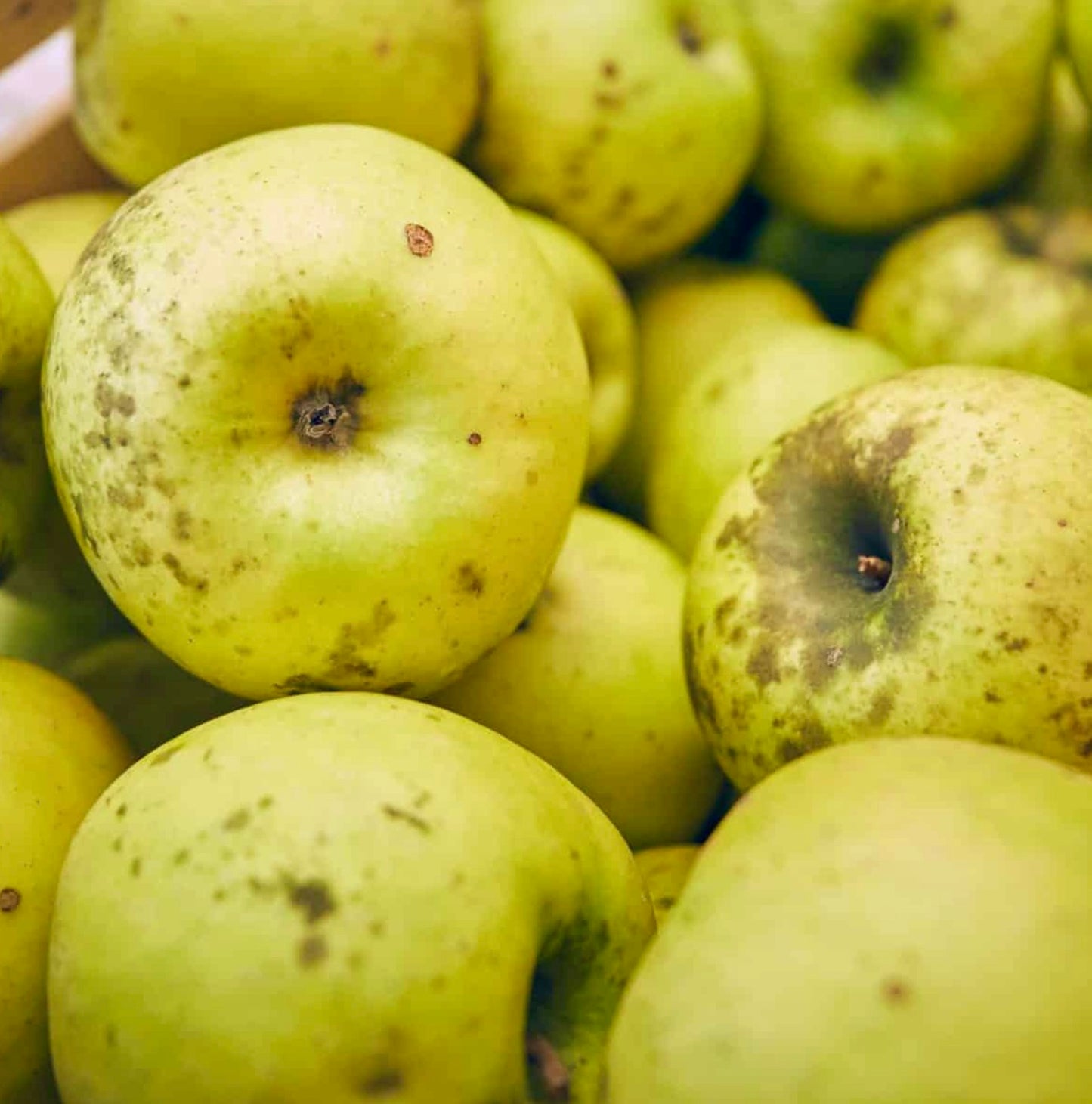- Catalogue Plants
Malus domestica ETNA VULCANO (Sicilian cultivar) 80-130cm
Malus domestica ETNA VULCANO (Sicilian cultivar) 80-130cm
Regular price
€55,00 EUR
Regular price
Sale price
€55,00 EUR
Unit price
per
Tax included.
Shipping calculated at checkout.
Couldn't load pickup availability
Plant Description
Botanical family: Rosaceae
Botanical genus: Malus
Botanical species: Malus domestica ETNA VULCANO
SKU:BA-2222-S
Cultivation
Cultivation
Info and Disclaimers
Info and Disclaimers
Plant Height: 80-130cm
Plant Diameter:
Pot Size:
Grafted/Not Grafted:
Disclaimer: Be aware that most plants change across seasons. If present foliage, could have been fallen or change in its color.


